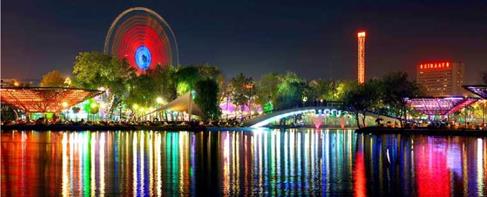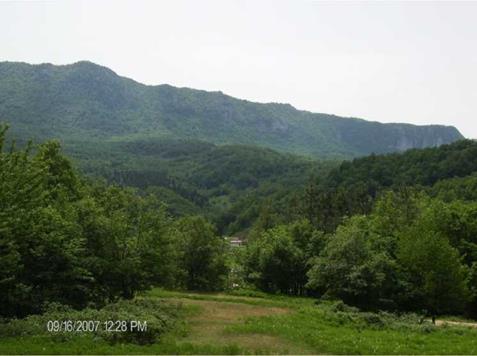There are different ways to classify urban open space and greenspace, such as its size, how people use it, its intended function, its location etc. (Byrne and Sipe, 2010). Types of green spaces that serve different uses over the city, green space systems can be created as a result of efficient organization. In this context, urban green areas were classified different categories, according to the spatial characteristics, service purposes and state of property. Classification of green spaces is seen in the figure 1 according to the property.
1.1 Parks/public open space
Nowadays, in the cities, there are limited green areas. Parks or public open spaces are very important in the life of urban people. People who lives in the cities want to go outside (especially green areas) whenever they have spare time. They go parks or public open spaces. Parks are designed different type, size, and functions. In the parks, people can do lots of activities.
Typically classification types are based upon the size of the park, its deemed function, it geographic location and the types of facilities present within the park and sometimes the degree of naturalness of the park. Parks can be variously described as urban parks, nature parks, pocket parks, district parks, community parks, neighbourhood parks, sporting fields, urban forests and the like. But there are other ways of classifying parks too. These include factors such as the activities that occur within the park (e. g. cricket oval, skateboard park, bowling green), the agency responsible for managing the park (e. g. national park, state park, city park), the history of the park (e. g. heritage rose garden), the condition of the park, the land use history of the area (e. g. street-corner neighbourhood park), the types of people who use the park, landscaping and embellishments (e. g. dog park, bike park or Chinese garden) and the philosophy behind the park’s development (e. g. recreation reserve or civic square). Combining these various factors can result in all sorts of combinations and permutations, rendering a standardized method of classifying parks virtually impossible and rather pointless. Parks are not the only type of urban greenspace though. In most cities
while parks comprise a large portion of green and open space, other types of urban greenspace and open spaces are present too including plazas, urban trails and even well – vegetated streets (Byrne and Sipe, 2010).
|
Fig. 2. Classification of green spaces according to the property. |
|
|
|
Fig. 4. Pocket Park in Corum, Turkey. |
Times have changed, somewhat. Sitting in a municipal park, looking at the flowers and listening to the occasional brass band do not feature prominently in surveys reviewing the popularity of leisure-time activities. Rather, people desire access to rich and varied landscapes with scope for many outdoor activities. Park planners responded to the new age by tearing down park railings and planning webs of interconnected green space, originally known as park systems. The diagnosis was correct. The treatment was pathetically oversimplified. Public open space should be planned in conjunction with other land-uses for multiple objectives. New parks and new links should be designed by planning recreational and conservation uses in conjunction with other land-uses: urban reservoirs can make splendid waterparks; ornithological habitats and hides should be designed in conjunction with sewage farms; wildlife corridors should be planned beside roads, railways and streams; flood prevention works can yield canoe courses; public gardens can sit on top of office buildings. New uses and new layers of interest should be brought into public open spaces. Some open spaces could supply firewood and wild food (nuts, berries, herbs); others could infiltrate rainwater back into the ground, instead of allowing the water to accentuate flood peaks; Sunday markets can fit well into parks. Every public open space can have a specialist use, in addition to its general functions. One could be a centre for kite flying one for tennis; one for lovers of herbaceous plants; one for reenacting military battles; one for every special recreational type which has a magazine on your local newsstand (Turner, 1998).
|
Fig. 5. National Park, Kure Mountains, Bartm, Turkey. |







